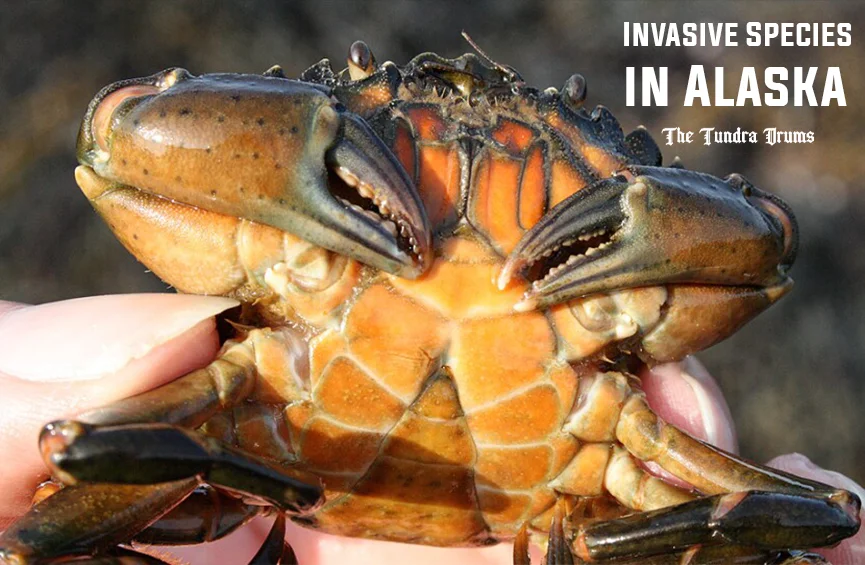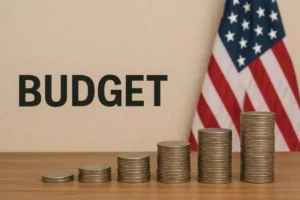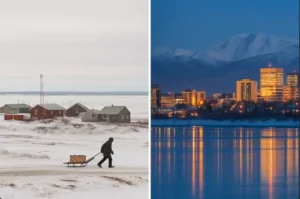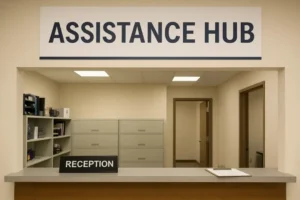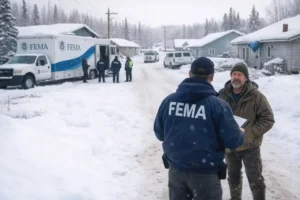Alaska’s breathtaking landscapes and diverse wildlife are under threat from invasive species that upset the natural balance. Intruders like the choke cherry tree and green crab pose significant risks to Alaska’s ecosystems and economy. Gaining insight into the impact of invasive species in Alaska is essential for preserving the state’s unique habitats and resources.
What Are Invasive Species?
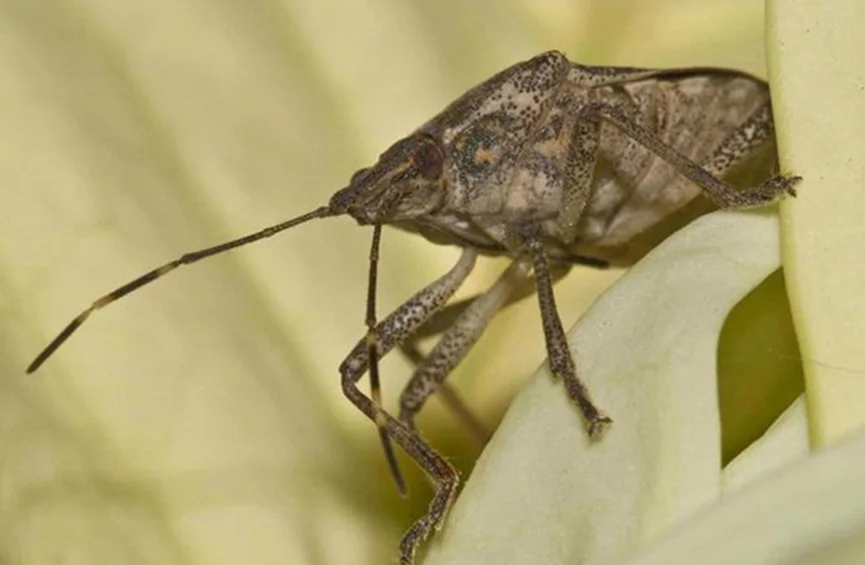
Invasive species are non-native plants and animals that, once introduced to a new environment, spread quickly and harm native species, ecosystems, and human activities. Unlike native species, these invaders can outcompete local flora and fauna and alter natural processes. They are among the leading threats to native wildlife, putting approximately 42% of threatened or endangered species at risk.
Examples of Invasive Species in Alaska
| Invasive Species | Description | Impact |
| Choke Cherry Tree | Introduced in the 1950s, it contains cyanide, which is harmful to moose. It creates dense thickets, choking out native plants like dogwoods and cranberries. | Harms wildlife, reduces biodiversity, and alters habitat structures. |
| Green Crabs | Aggressive predators are a growing threat to native shellfish populations, as these invasive species threaten Alaska’s wildlife and economy, causing significant disruptions. | Impact coastal fisheries, reduce biodiversity, and disrupt the balance of marine ecosystems. |
Impacts on Alaska’s Ecosystems
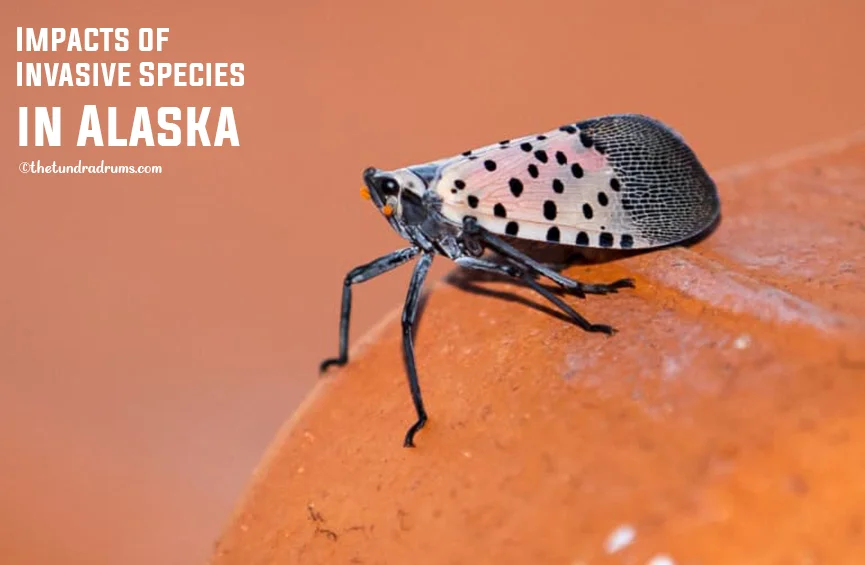
They have several negative consequences for Alaska’s ecosystems, including ecological disruption and economic costs. Meanwhile, over 37,000 alien species are recorded worldwide, with over 3,500 being invasive, resulting in roughly a 1 in 10 ratio for alien species turning invasive.
1. Ecological Disruption
| Impact | Details |
| Competition with Native Species | These are outcompeted native plants and animals for food and habitat, reducing biodiversity and ecosystem resilience. |
| Alteration of Natural Processes | They can change nutrient cycling, soil composition, and water availability, making the environment less hospitable for native species. |
| Predation and Herbivory | These are like green crabs that prey on native fish and shellfish, while invasive herbivores overgraze and destroy native vegetation. |
| Hybridization | Invasive species may breed with native species, diluting genetic diversity and causing the loss of unique genetic traits. |
2. Economic Costs
| Impact | Details |
| Damage to Fisheries | Invasive predators like the green crab impact commercial and recreational fisheries by preying on valuable shellfish and competing with native species. |
| Agricultural Impact | Invasive plants and animals harm agriculture by outcompeting crops, spreading diseases, or directly damaging plants and livestock. |
| Tourism Industry | Degradation of natural landscapes and reduced wildlife populations due to their negative effect on tourism, making areas less attractive to visitors. |
| Cost of Control and Management | Significant financial resources are required for monitoring, removal, restoration efforts, and public education programs, diverting funds from other initiatives. |
| Impact on Property Values | Damage to landscapes by invasive species reduces property values and affects local economies and community well-being. |
| Increased Pest Control Costs | The presence of these species increases the need for pest control measures, leading to higher costs for homeowners, businesses, and municipalities. |
Experts Advice and Recommendations
| Expert | Topic | Insight |
| Kate Mohatt | Preventing Spread | Keeping Alaska’s waters and lands free of species is crucial. Cleaning boats and equipment before moving between water bodies can prevent unintentional spread. Think of it like making sure your gear is spotless after a fishing trip; you wouldn’t want to bring unwanted hitchhikers to a new lake. |
| Kate Mohatt | Early Detection | Being vigilant and reporting any invasive species sightings promptly helps us take action early. It’s like spotting a new kind of fish in your favorite fishing spot; noticing environmental changes and reporting them can protect our natural resources. |
| Gino Graziano | Educating the Public | Understanding the impact of these species is vital. Educating ourselves and our communities about which plants and animals don’t belong here can help prevent their spread. It’s like learning to recognize different types of berries; knowing what’s safe and what’s not allows us to protect our environment. |
| Gino Graziano | Taking Action Locally | It’s crucial to get involved in local efforts to remove Alaska’s invasive species and restore native habitats. It’s like tending to your garden; caring for our natural spaces ensures they thrive for future generations. |
What You Can Do?
Preserving Alaska’s natural beauty and biodiversity requires everyone’s effort:
- Stay Informed: Learn to identify species and their impact on Alaska’s ecosystems.
- Take Precautions: Clean equipment and gear thoroughly before moving between different environments to prevent the spread of species.
- Support Conservation: Advocate for policies and practices that prevent the introduction and spread of invasive species in Alaska.
Conclusion
The threat of invasive species in Alaska is a significant issue requiring immediate action. These species cause severe ecological disruption and economic costs, impacting biodiversity, fisheries, and tourism. Experts like Kate Mohatt and Gino Graziano offer practical advice, such as cleaning equipment and educating the public, but more aggressive and widespread measures are essential. While individual efforts are crucial, substantial policy changes, increased funding for species control, and stronger regulations are needed to prevent future introductions. By combining vigilant personal practices with comprehensive systemic changes, we can protect Alaska’s natural beauty and biodiversity for future generations.






